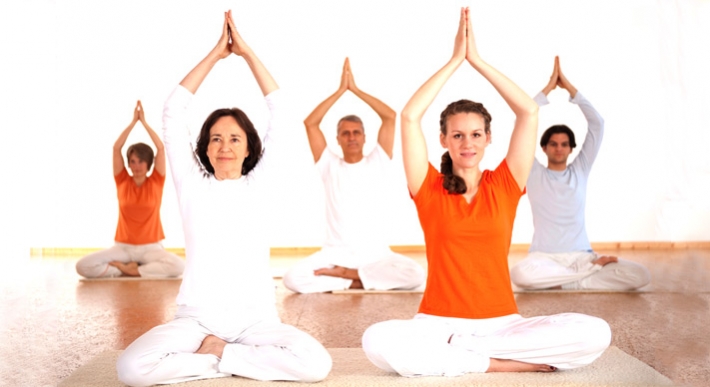
In the thousands of years of our evolution, we humans have certainly come a long way. The past couple of centuries especially have seen the most rapid transformation in our lives. But this transformation has also have had its flip side. Our lives are more stressful than ever and this eventually takes a toll on our health. So how does one stay in sync with the constant change and yet manage to live a healthy life?
The answer is simple: Yoga. The word “Yoga” originates from Sanskrit which means “to join, to unite”. Yoga exercises not only bring body, mind, consciousness and soul into balance but also assist us in coping with everyday demands, problems and worries. Practicing yoga helps in developing a greater understanding of the purpose of life and the relationship with one’s own self.
Contents
Not new to us:
The practice of yoga goes back to over 5000 years. The importance of yoga can be deciphered from the fact that all those scientists who investigated cosmic laws, minutest elements of the nature and discovered numerous processes much before modern science, were indeed saints. They discovered laws of the material and cosmos in their meditation. The origin of universe, the effects of the elementary powers and the unity of matter and energy has been explained in the Vedas which has been rediscovered and confirmed by modern science.
The science behind:
Along with pranayamas and meditation, yoga can lay the foundation of a lifelong healthy body and a stress-free mind. The power of having a control on the mind has been much talked about in our history as well as contemporary philosophy but yoga helps us achieve this in practical life. With a calm and quiet mind, comes the power to handle every hurdle and face every challenge. Positive thinkers manifest positive life situations and attract life experiences they wish to have. Yoga has been recognized, even by the western researchers, as the most effective way to have a control on our mind and have an optimistic overview.
Yogic postures combined with Karma Yoga (serving humanity), yogic vegetarian diet and breathing exercises are very effective in steadying the mind and bringing the emotions under control and thus creating a harmonious and peaceful life. Some examples of the traditionally used practices to elevate a low mood are expansive inhalation, back-bending exercises and exercises that open the chest. To calm an agitated mind, exhale-intensive poses such as forward bends are practiced. To create equilibrium in the body and to gain emotional harmony, both inhale and exhale oriented postures are practiced.
These following breathing techniques and postures can help elevate your mood and help you live life with more enthusiasm and optimism:
Nadi Shodhan pranayama (Alternate Nostril breathing technique)
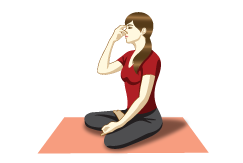
The Alternate Nostril breathing technique calms and centers the mind. It releases the accumulated stress in the mind and body and also works therapeutically for most circulatory and respiratory problems.
Janu Shirshasana (One-legged forward bend)
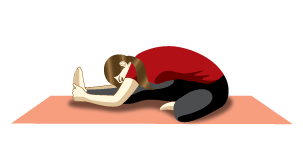
The One-legged forward bend relieves feelings of fearfulness, stress and anxiety. It also massages the abdominal organs and tones the shoulders.
Sarvangasana (Shoulder stand)
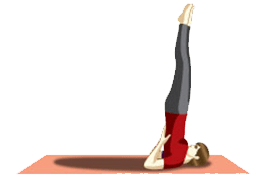
The Shoulder stand helps reverse energy blocks stuck emotions, feelings of sadness and inflexible thinking. It stimulates and normalizes the function of the thyroid gland.
Veerabhadrasana (Warrior pose)
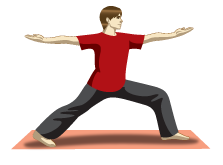
The Warrior pose improves balance in the body while increasing stamina. It a very effective posture for people with sedentary or desk-bound jobs as it releases stress from the shoulders.
Shishuasana (Child pose)
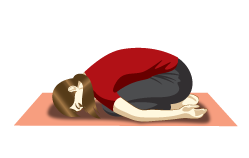
The Child pose sends relaxing signals to both parasympathetic and sympathetic nervous systems and effectively calms it. It also happens to be a very relaxing yoga posture for the back.
Shavasana (Corpse pose)
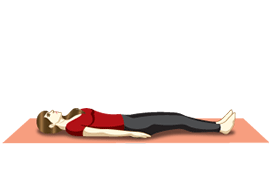
The yoga way of life reduces job burnout and stress significantly. It also improves stamina, boosts energy levels, keep the body in good shape and uplifts the mood. While the improved balance adds to immunity of the body and saves us from multiple diseases, yoga practitioners are proven to be far more productive and efficient at work. The increased quality of work and creativity boosts the performance as well as self-contentment.
Yoga is not a religion. It’s a way of living with the aim- ‘A healthy mind in a healthy body’. After all, a firm, steady and strong intellect with a knack of mind control is all we need to walk on the right path and prosper in life.
